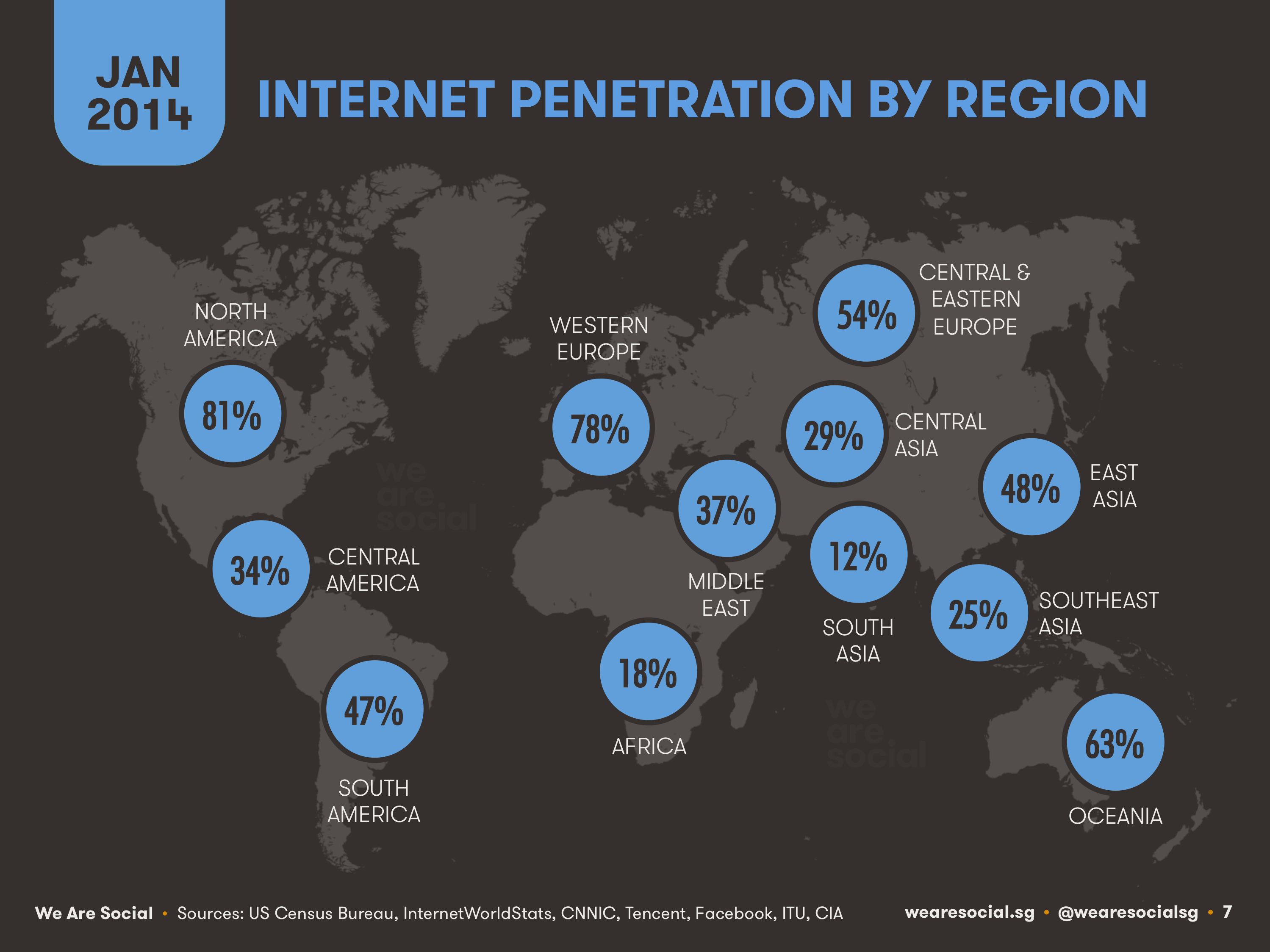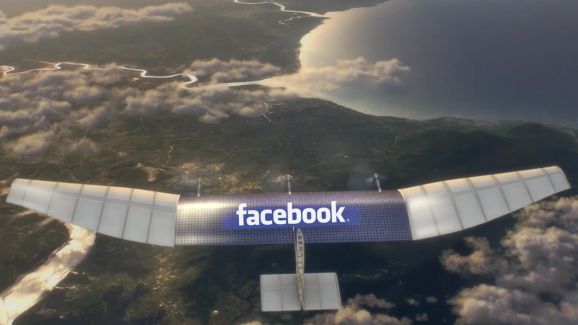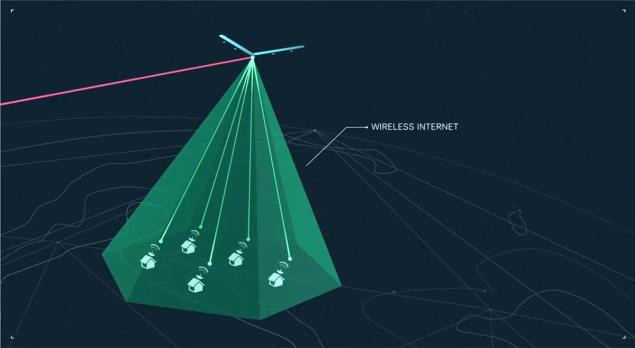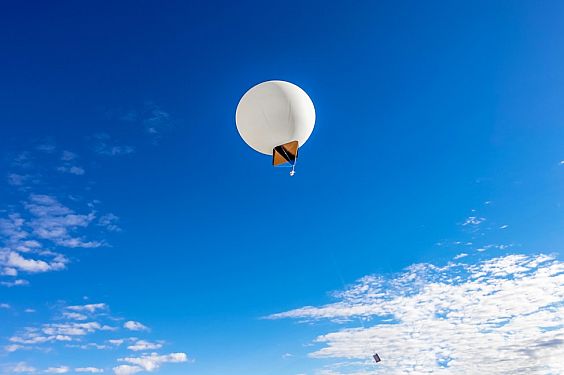
For those living in developed countries, life without Internet connectivity is almost unimaginable. However, about 4 billion people across the world still have sketchy or no access to the massive networking structure that has transformed the world into a global village. But if social networking powerhouse Facebook and search giant Google have their way, that will soon be a thing of the past.
Facebook first made its intentions of trying to achieve this goal public in March 2014. Since then the company's Connectivity Lab has been feverishly working on a solution. On July 30, it unveiled the first prototype of Aquila, a solar-powered drone that Facebook believes can accomplish its mission in an environmentally friendly and cost-efficient manner.

Named after the eagle that carries Zeus's thunderbolts in Greek mythology, Aquila can reach altitudes of 80,000 to 90,000 feet during the day and descend to 60,000 feet at night to conserve energy. The super-light carbon fiber plane that weighs about the same as a Toyota Prius sports an impressive wingspan of 138-feet, the same size as that of a Boeing 737.
The developers say they studied various solar planes before settling on the optimal size. This was important given that the team had to find room to fit the required solar panels and batteries to keep it afloat for three months, without weighing the drone down. To keep Aquila as light as possible, it is also not equipped with takeoff and landing equipment. Instead, it will "fly" to the desired altitude with the help of a helium balloon and gradually glide back to the ground after its 90-day stint is done.

As to how Aquila will connect people to the Internet? The idea is to transmit a ground-based Internet signal to a mother aircraft - one that is electronically equipped to send messages to the other Aquila drones floating around the area. The challenge, of course, is to develop the technology capable of transmitting such signals.
The engineers at the Connectivity Lab are currently working on perfecting a laser communications system so precise that it can be likened to striking a dime from a distance of 10 miles. The accuracy would theoretically allow the drones to seamlessly communicate with each other, the base station, as well as the households that receive the Internet connection.

What is even more exciting is that in laboratory tests, the system was able to transmit data at 10GB per second, ten times the speed of the currently available technology. While extremely encouraging, Facebook admits that Aquila will not be ready for deployment for a few years.
Google, on the other hand, is much further ahead in its initiative to connect the world. Following successful trials in Tasmania and other parts of the world, on July 29, the company announced plans to deploy its Project Loon balloons to the entire nation of Sri Lanka by March 2016.

Equipped with solar panels and advanced communications systems, each aircraft is capable of providing LTE Internet connectivity to an area measuring about 40 km in diameter. If successful, the South Asian country that encompasses an area of 65,610 sq. Km (25,332 sq. mi), will become the first in the world to receive Internet access via this innovative technique.
Resources: gizmag.com, nbcnews.com,mashable.com